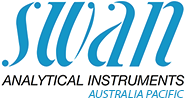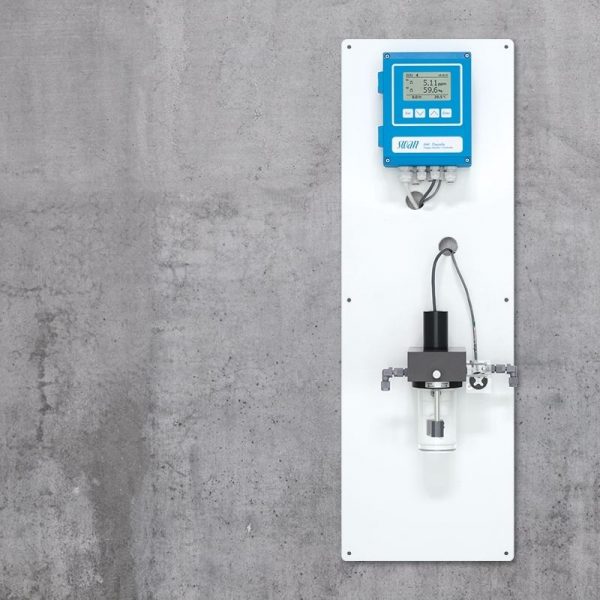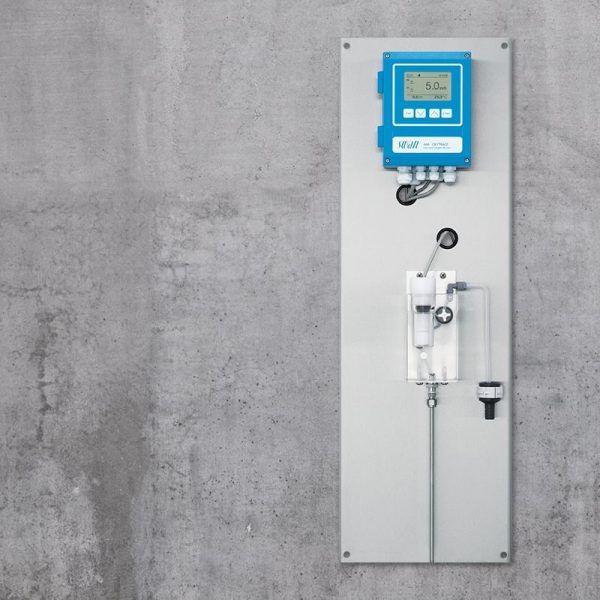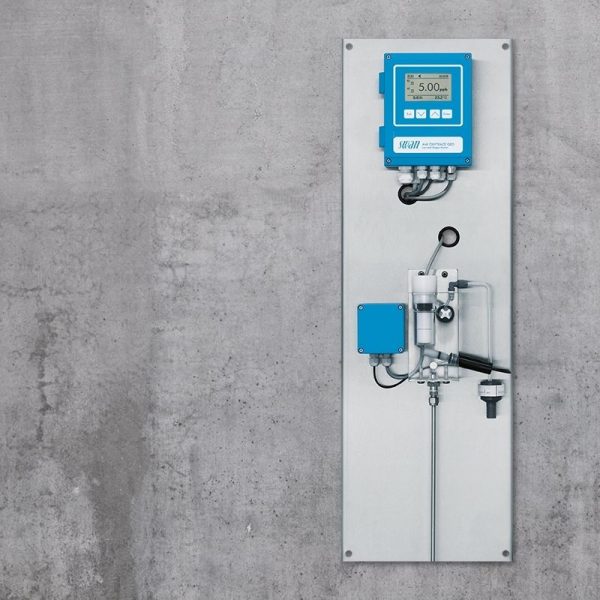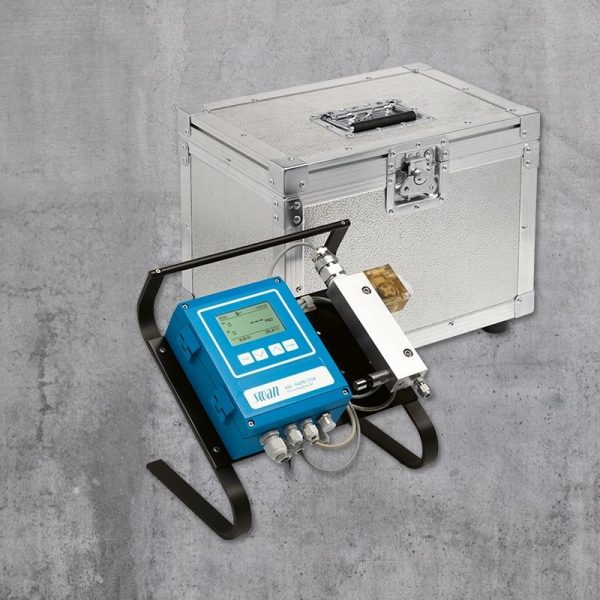What is Oxygen?
Oxygen (O2) is a diatomic molecule that is essential for the respiration of most life forms on Earth. In the context of aquatic environments, dissolved oxygen (DO) refers to the amount of gaseous oxygen that is mixed in water and available for use by aquatic organisms. The concentration of dissolved oxygen is a critical factor in determining the health and biodiversity of aquatic ecosystems. It varies with temperature, salinity, atmospheric pressure, and the presence of other substances in the water. Oxygen enters water bodies from the atmosphere and is a byproduct of photosynthesis by aquatic plants and algae. Dissolved oxygen levels are crucial for the survival of fish, invertebrates, and microbial populations, influencing their metabolic rates, behaviour, and reproduction. Adequate DO levels are indicative of good water quality, while low or high concentrations can indicate pollution or algal blooms, respectively, posing threats to aquatic life and water quality.
Monitoring Oxygen in Water
Monitoring oxygen levels, specifically dissolved oxygen (DO), in potable and high-purity water systems is crucial for maintaining water quality and ensuring the safety and health of consumers. Dissolved oxygen is a key indicator of the condition of water, reflecting its ability to support aquatic life and its overall health. In the context of drinking water, high levels of dissolved oxygen can enhance the taste and odour, contributing to a more pleasant consumption experience. Conversely, low DO levels might indicate pollution or the presence of excessive bacterial activity, potentially leading to undesirable tastes and odours.
For high-purity water, used extensively in industrial processes, electronics manufacturing, and pharmaceuticals, controlling oxygen levels is equally important. Oxygen in such systems can lead to corrosion of equipment, degradation of water quality, and interference with sensitive processes. Monitoring and adjusting the dissolved oxygen content can prevent damage to infrastructure and ensure the integrity of high-purity water applications.
Water quality monitoring programs often include measuring dissolved oxygen as part of their routine assessments. These programs aim to detect changes in water quality, identify potential contamination sources, and ensure compliance with environmental and health regulations. By keeping a vigilant eye on the levels of dissolved oxygen in both potable and high-purity water, authorities and industries can take proactive measures to address any issues, safeguarding public health and operational efficiency.
Online Oxygen Analysers
